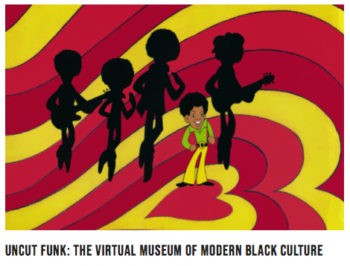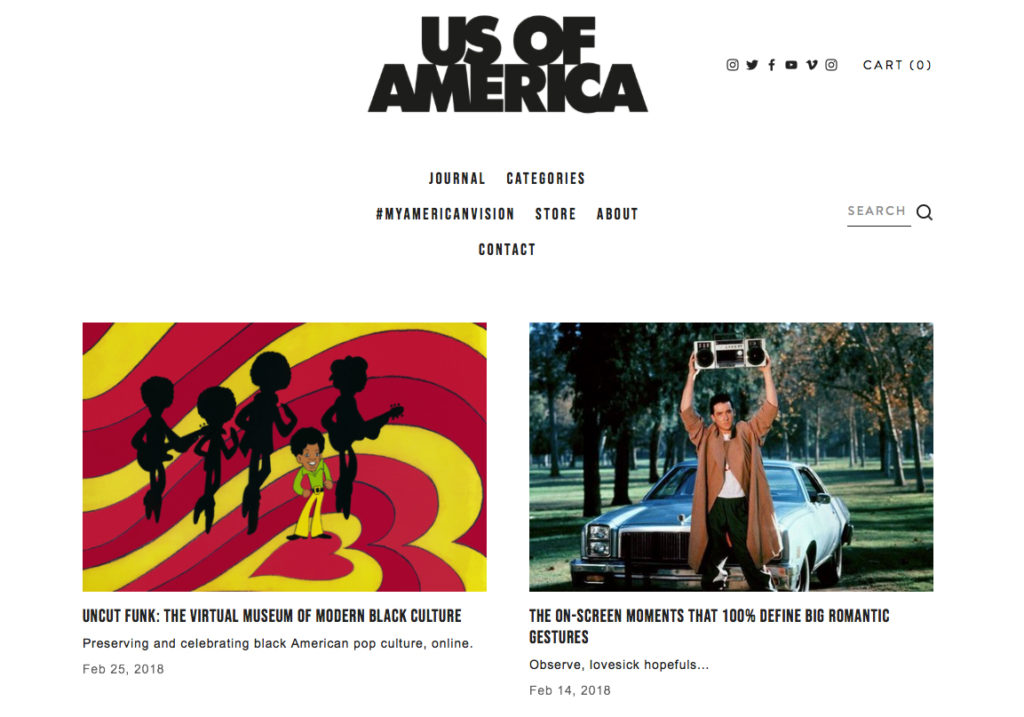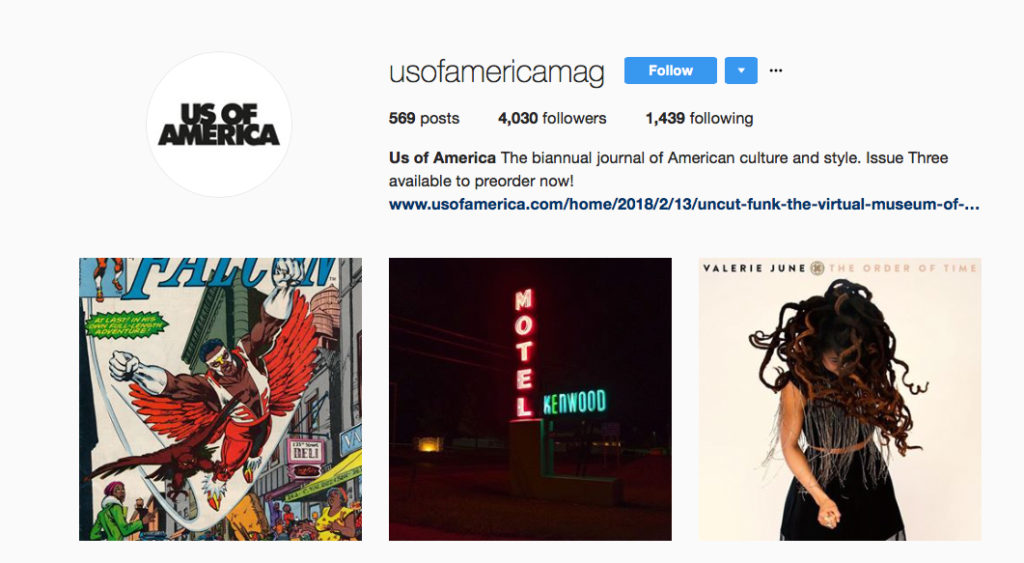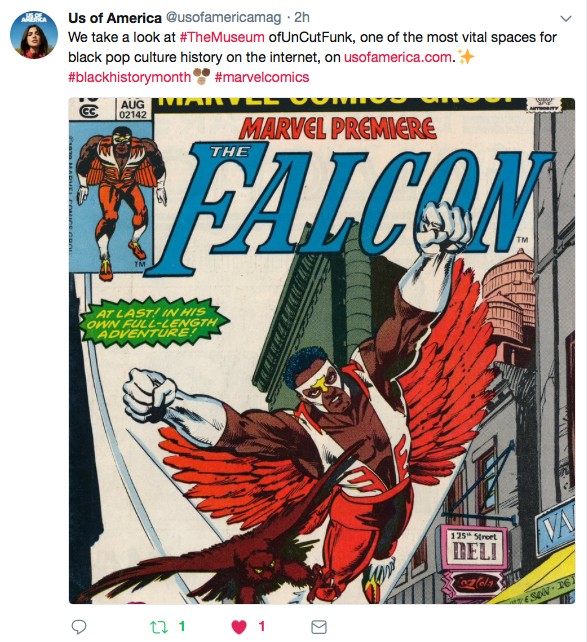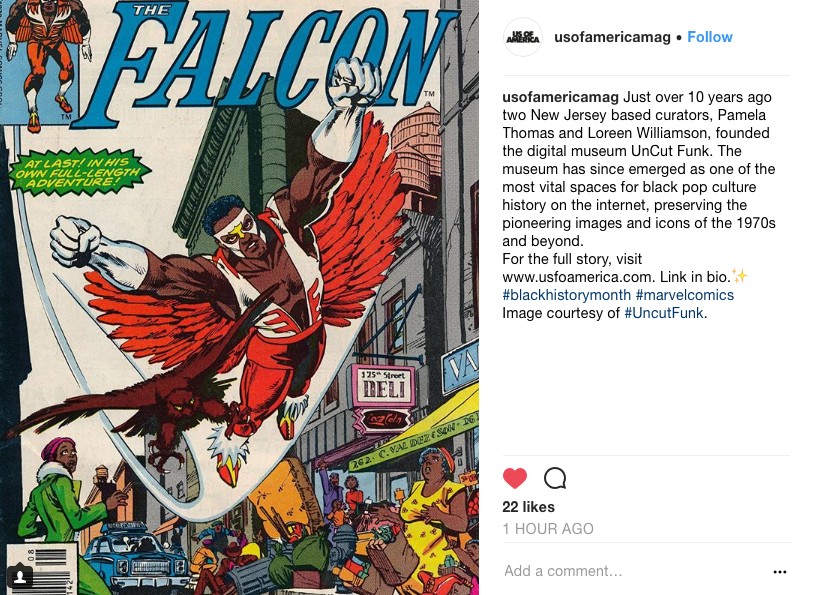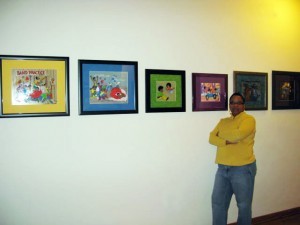The curators of the Museum Of UnCut Funk were recently interviewed for Us Of America, which called us “The Virtual Museum Of Modern Black Culture”!
Below is an excerpt from the article written by Adam White.
To read the entire article visit the Us Of America website.
There’s no waiting in line, you won’t be charged for admission, and people won’t stand in front of you while you’re gazing at things. But funkiness, while not an obligation, is at least recommended. This is UnCut Funk, a digital museum founded in 2007 that has emerged as one of the most vital spaces for black pop culture history on the internet, preserving the pioneering images and icons of the 1970s and beyond.
New Jersey-based curators Pamela Thomas, known as Sista ToFunky, and Loreen Williamson first met via a newspaper ad in the early 2000s, Williamson then a hobbyist with an interest in collecting old Looney Tunes animation cels, and Thomas owner of a large collection of blaxploitation movie posters. But the absence of black icons from Williamson’s collection caught Thomas’s eye.
“I was like damn,” Williamson laughs. “Because I’m black but I didn’t have any black cartoons in my collection. So that kind of started it. We began looking for black cartoons, coupled with a real interest in art and various things that represent beautiful black images. It started small and then it branched into this gigantic collection. And once you get a collection and you’ve spent all your money, you’re sitting around and thinking, ‘Okay, what do we do with all of this stuff?’ So we put it online and shared it.”
Funded by an online store and offline pop-up exhibits the pair have taken across the country, the Museum of UnCut Funk is largely comprised of art and memorabilia from the 1970s – the first decade that saw popular entertainment reflect the worlds young African-Americans like Thomas and Williamson actually occupied.
At the forefront of the shift were cartoons, among them Fat Albert, Harlem Globetrotters and Valerie Brown of Josie and the Pussycats. They were wholesome role models for the era, black characters of different shapes, sizes and vocations, who suddenly anchored their own stories. For Thomas, who had previously only seen black faces reduced to mammy-esque caricatures on Saturday morning TV, such representation meant everything.
“I got to see an image that looked like myself in a very positive vein in television,” she recalls. “And they were talking about issues that I could relate to, whether they were talking about school, doing homework, friendship. It was life-changing.”
The shift marked an enormous increase in black visibility, entertainers of color welcomed into spaces previously closed off. Pop culture segregation also began to break down, replicating a political movement emerging out of the Jim Crow era. Stars like Sidney Poitier, Diahann Carroll and Cliff Wilson dominated film and television, Tamara Dobson and Rosalind Cash became underground icons, and George Clinton and Sly Stone brought funk to the masses.
“It was suddenly very cool to be black,” Williamson says. “We were empowered, we had big afros, we were wearing Dashikis and reflecting our African roots. It was a very black time, showing a range of black experiences, from Good Times and growing up in the hood to the Jeffersons who had made it. It was an explosion of blackness, and it’s important to put it in context so people can understand its significance. Everything in our collection represents a ‘first.’”
To read the rest of the article visit the Us Of America website.

